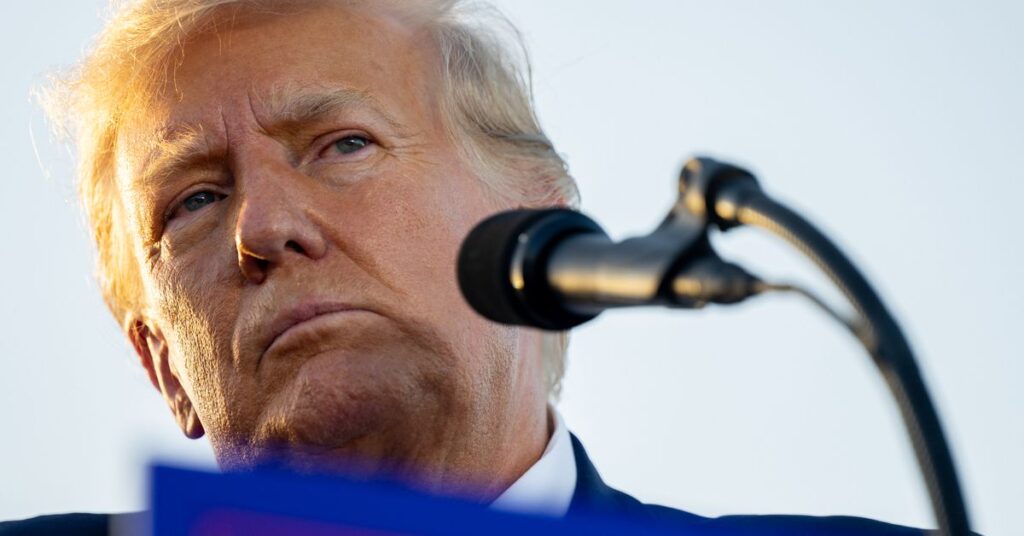After days of uncertainty and speculation, it’s actually happened: Former President Donald Trump has officially been indicted by a Manhattan grand jury on charges of, reportedly, more than 30 counts related to business fraud.
The charges are still under seal, but they are expected to be related to Trump’s involvement in hush money payments made to porn performer Stormy Daniels and associated efforts to falsify business records. The indictment is a historic one, making Trump the only former president who’s ever been criminally charged.
The news begs a key question: What is an indictment, anyway?
Basically, it means a person is formally being charged with a felony by a grand jury. Charging someone in this manner is required in many felony cases, like the one involving Trump. As laid out by the New York State Constitution, Trump had to be indicted by a grand jury before prosecutors could proceed further. Now that he has been, Manhattan District Attorney Alvin Bragg is able to coordinate his surrender and pursue a trial.
“When a person is indicted, they are given formal notice that it is believed that they committed a crime,” notes the Department of Justice. “The indictment contains the basic information that informs the person of the charges against them.”
An indictment is a key step in criminal cases such as this one. First, a prosecutor decides to pursue a case against a person and presents witnesses and evidence in front of what’s known as a grand jury. The grand jury — a randomly selected group of 16 to 23 people — will weigh the information and then decide whether they believe there is probable cause that this person committed a crime and if there should be a trial. Grand juries are used in felony cases and are intended to give the courts and members of the community a say in how crimes are treated versus allowing prosecutors to move forward with charges unilaterally.
If at least 12 jurors believe there is probable cause and vote…
Read the full article here





